History and current events, between modern design and recycled elements, give a new mood to this villa full of charm but also a warm and welcoming atmosphere.
The restoration and conservative works of the Bell’Aria,near Montalcino, was designed at the end of the 16th century by the amateur architect Giovanni di Lelio Pecci, the farmhouse and the gardens carried out byarchitect Filippo Gastone Scheggi – FGS Studio –,gave rise to the idea to reuse the structural elements of the wooden roof frame.





Here, beams and joists take on a new life, becoming bedside tables, floor lamps, table lights, benches, smoking tables, bookcases and other furniture. They also made extensive use of natural and simple materials, such as raw linen, natural wood and brick as a bonding element of the spaces.
This rural identity is combined with a modern, essential, geometric line created on COR-TEN® steel slabs, which perfectly match the natural and irregular texture of the wooden beams, enhancing their properties.
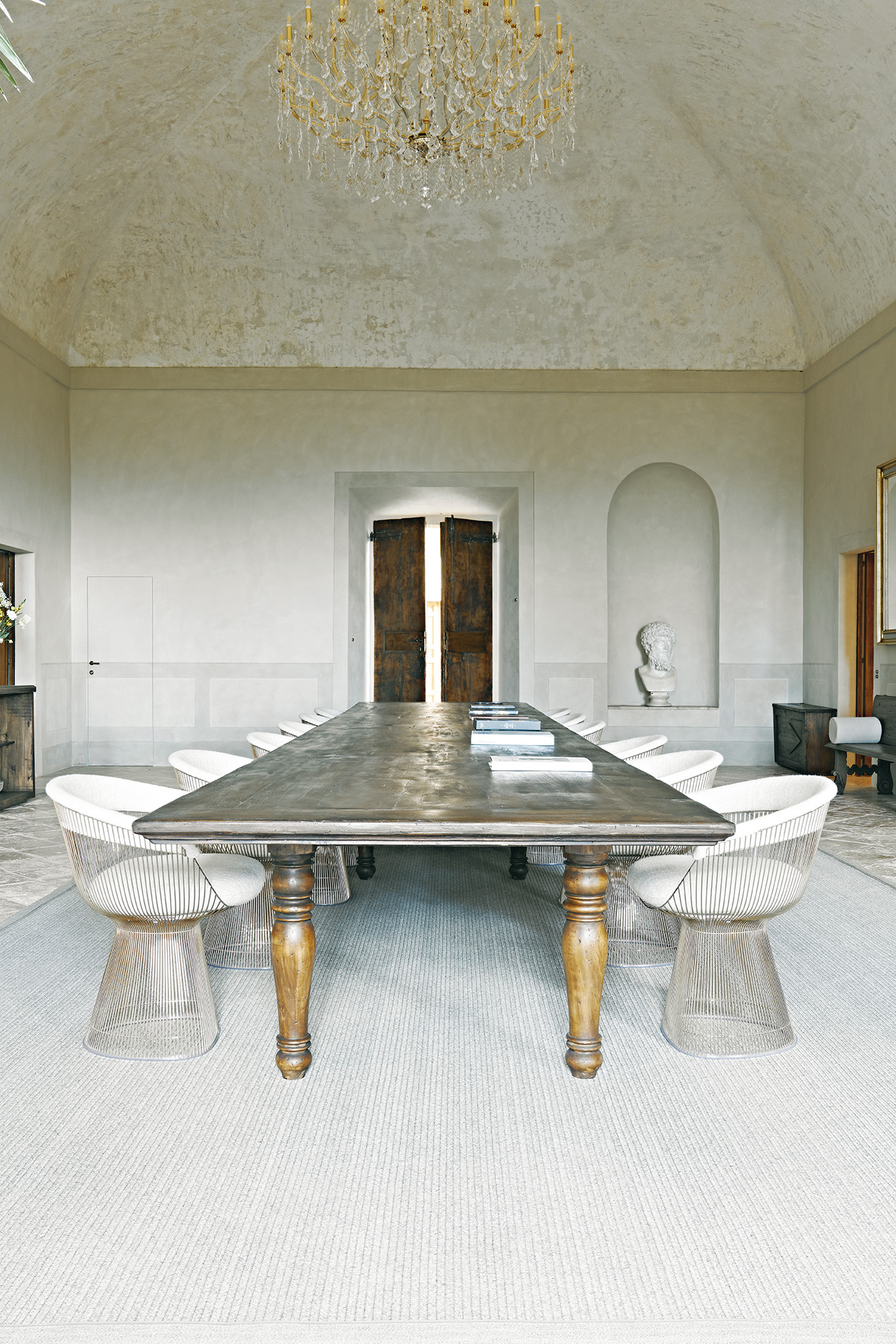
For the flat located on the main floor, the key design concepts are elegance, tradition and a warm, relaxing and welcoming atmosphere, all this through the lights, colours, reused furnishing objects and raw materials, made precious by the new design. The modern lines of the designer furnishings with raw fabric manage to perfectly repeat and interpret this union, between history and current events, between modern design and recycled elements.
Simple but at the same time rich materials were chosen: natural reused wood and oxidized brass, so as to create a contrast between the warmth of the wood and the elegance of the oxidized brass, with its modern and simple lines. Furthermore, there is leather contrasting with natural linen; they also added Patagonia granite, which is actually of Brazilian origin.
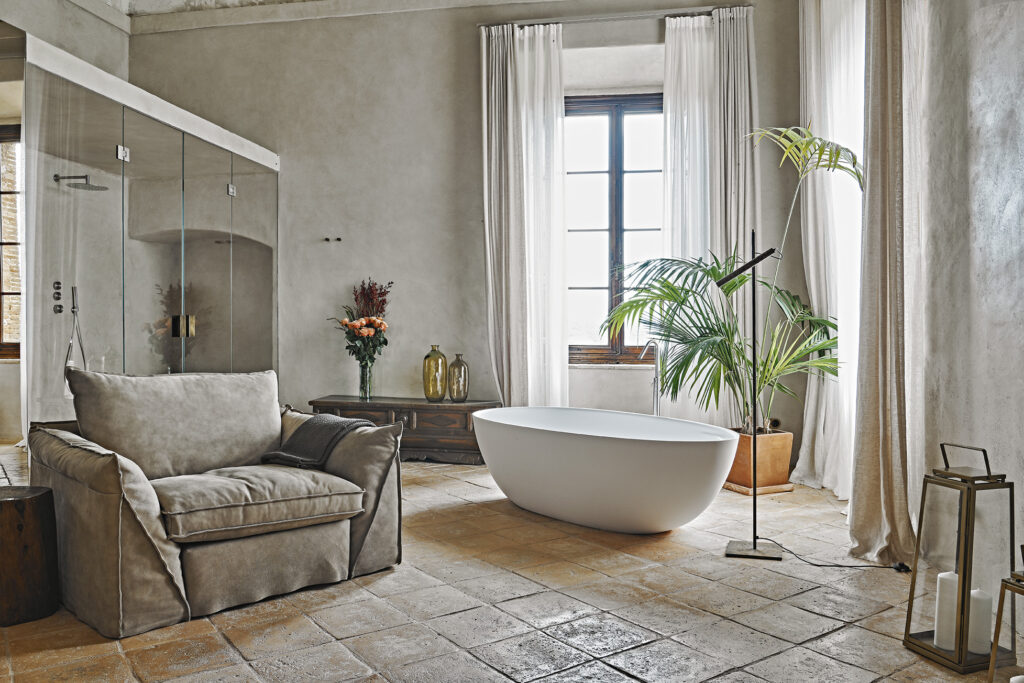
The walls are made of natural hydraulic lime, enriched by low cornices in the rooms on the main floor and by a wainscoting decoration typical of the Renaissance villas in the main rooms, for which shades of natural lime were used.
For the bathrooms, they used an ancient waterproofing technique with natural materials and cocciopesto.

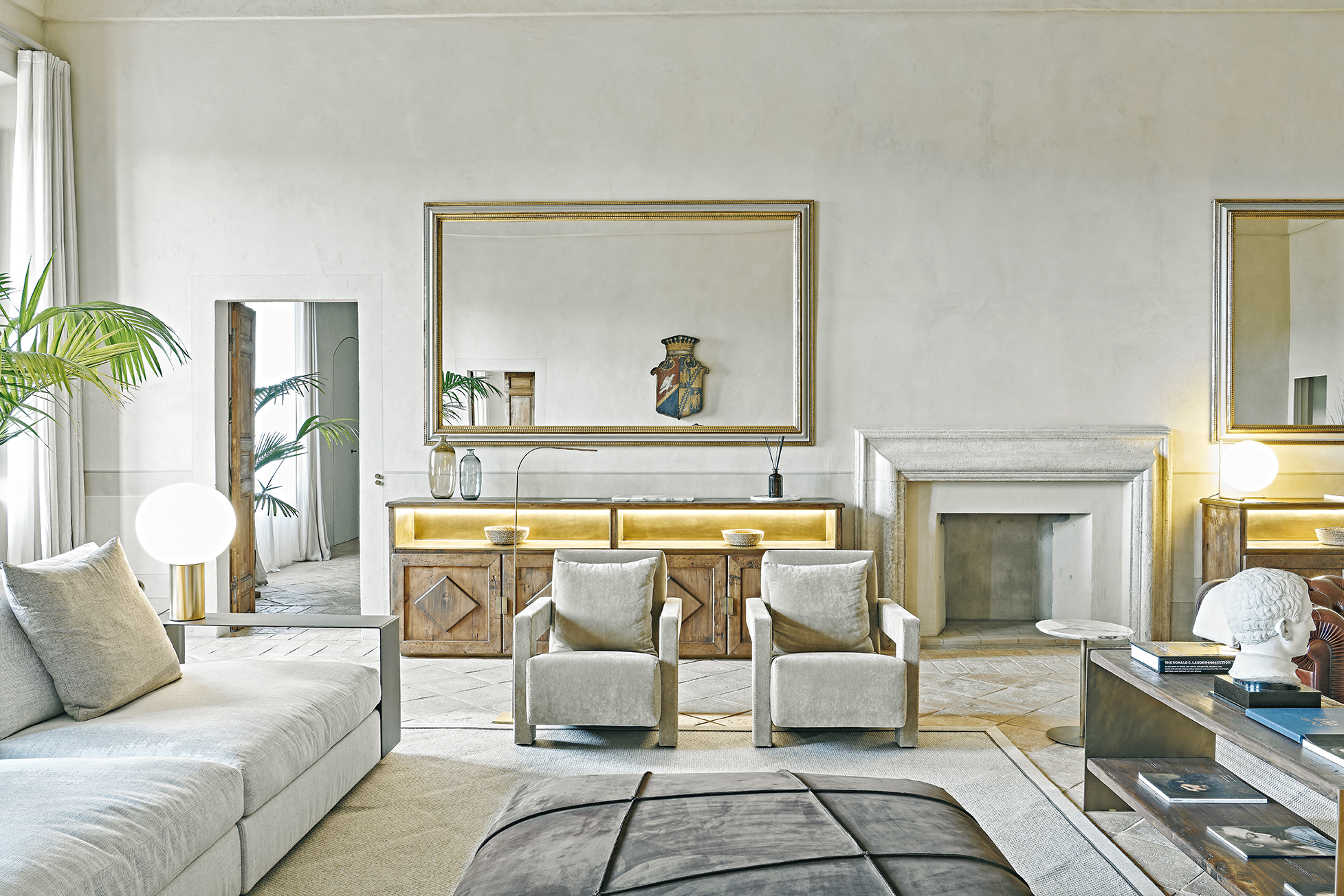
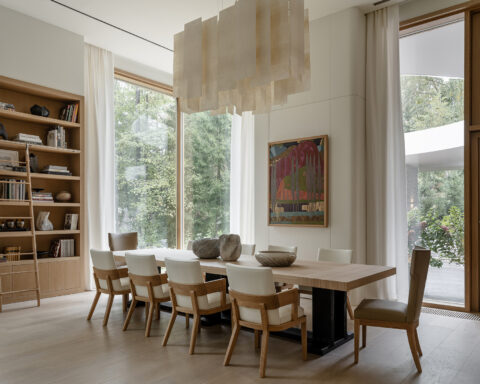
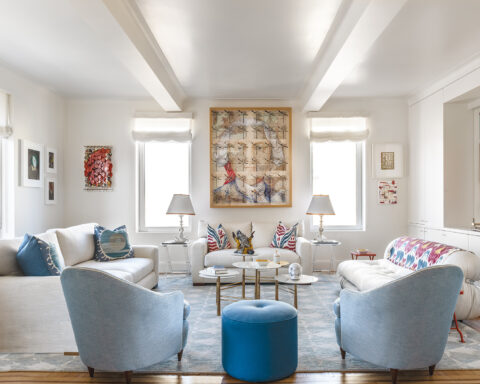
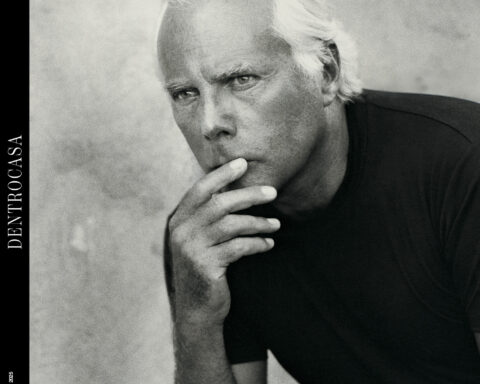
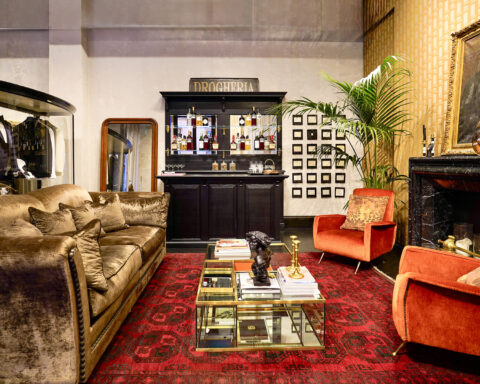

.png)


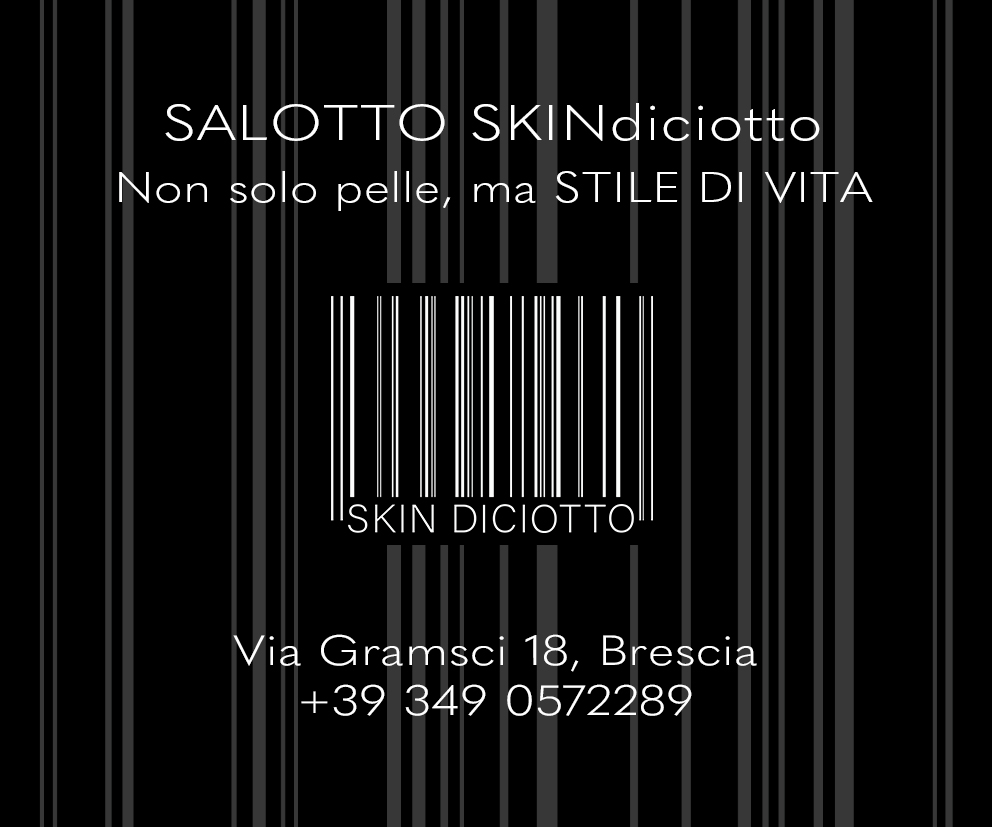
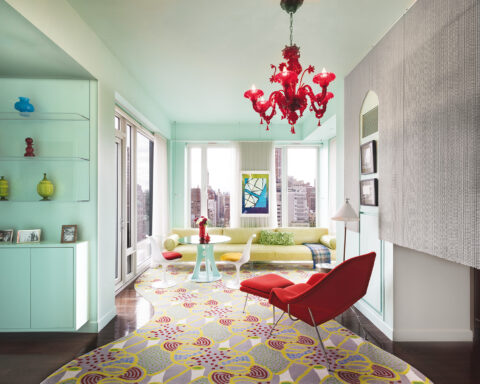
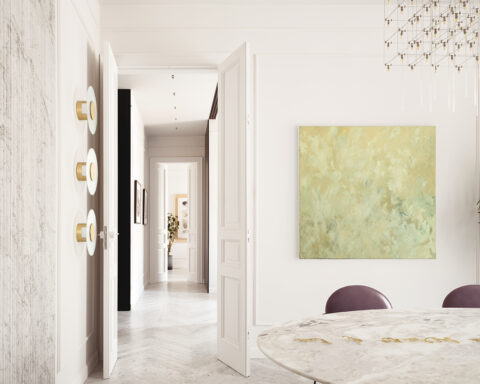
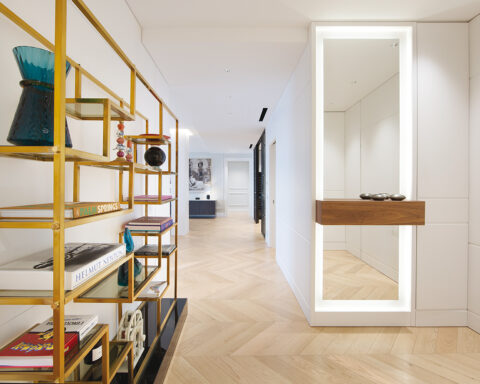
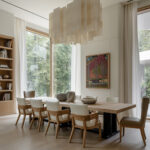
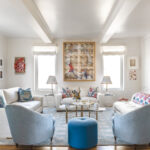
Seguici su